Since the beginning, the RBWH Foundation has engaged with the community and achieved great things. Madd Loans acknowledged this early on and chose to support their annual Giving Day initiative.
It’s not uncommon for many brands and businesses to hold annual fundraisers or show their support behind major events once or twice a year. In fact, Madd have long done the same via sponsoring local sporting clubs and the annual Greek Paniyiri Festival – but what if a brand could extend that same support on a daily basis?

The Madd Challenge aims to embody this line of thinking via ‘Making A Difference Daily’. Launched in June 2021, owner George Samios and the entire team at Madd Loans are constantly on the hunt for ways to give back and support their local community on a day to day basis. When the opportunity came up to show their support behind this year’s ‘Royal Giving Day’, it was a no brainer.
What Is The RBWH Royal Giving Day?
Royal Giving Day is an annual twenty four hour event, and allows Queenslanders to show their support behind the Royal Brisbane and Women’s Hospital – or RBWH – to raise much needed funds distributed towards cutting edge medical research, evidence based patient care, education and innovative equipment.
Today, RBWH is home to around 500 clinician researchers, and is one of the largest research institutions in the world. It is considered a national leader in infectious diseases, cancer care, maternity, trauma and burns care, and is on the Steering Committee for the international ASCOT COVID-19 clinical treatment trial. The brainchild of the RBWH Foundation, since 1985 the RBWH Giving Day Initiative has raised over $50 million dollars.
Since 1875, RBWH researchers have worked tirelessly to make breakthroughs that have changed the world we live in, such as the cause of Elephantiasis, polio treatment, the first Australian dialysis system, a cure for QFever, and even establishing the link between childhood lead poisoning and kidney disease. When it comes to fundraising efforts, quite literally every dollar counts to ensure that Queensland remains at the forefront of modern medicine on a global scale.
How The RBWH Giving Day Initiative Works
Held on June 23 2021, the goal for this year was to raise $600,000 towards research efforts for the Royal Brisbane and Women’s Hospital. Queenslanders were encouraged to get behind the cause as individuals, workplaces and even in RBWH’s own departments via getting active, facing a fear or even breaking a bad habit.
In 2019, the RBWH Giving Day Initiative raised just over $500,000. With 100% of all funds donating going straight to the researchers, the funds provided the following real world achievements, equipment and research:
ICU: Antibiotic dosing in critically ill patients – Evaluation of what is called ‘off-label’ dosing of antibiotics for critically-ill patients as standard doses, available from pharmacies, haven’t been tested in ICU situations.
Burns: innovation in delirium management (Jayesh Dhanani) – Whether we decrease delirium in intensive care patients with the use of clonidine using two alternate delivery methods
Neurology: MEND and MND projects – Investigating the immunometabolic nature of motor neurone disease (MND): a study linking metabolism, inflammation, and clinical outcomes in MND patients
Spinal fellowship – Study into team-based management of all aspects of spinal care, through exposure in the tertiary setting to simple and complex spinal deformity, trauma, and spinal oncology.
Allied health: Non-surgical management of knee osteoarthritis – Testing a screening instrument to select people with knee osteoarthritis most likely to benefit from non-surgical care.
Ideal catheter to vein ratio parameters for peripheral venous and midline devices – The DIAMETER study: how to determine the right size catheter for a vein to prevent device failure.
Imaging and DNA markers for non-penetrating traumatic brain injury – Can advanced medical imaging and a blood test for DNA markers predict outcome following brain injury.
Measure and map gene activity to determine kidney disease pathways and optimise kidney biopsy assessment – Use of a ground-breaking gene technology, Spatial Transcriptomics, to examine kidney disease and facilitate kidney biopsies.
Video conferencing rooms – The purchase of equipment to upgrade five conference rooms across RBWH to support international conferencing for training, research capabilities/partnerships and functionality through virtual meetings.
NeoRESQ ‘NeoReturn’ vehicle – NeoReturn is Queensland’s first neonatal service to safely transfer babies and families to a hospital closer to home after receiving neonatal intensive care at RBWH.
Delta therapy dogs – Therapy dogs are trained to provide affection, comfort and support to patients.
Patient lounge upgrades – To provide privacy for families to meet and a quiet space for sometimes difficult conversations to be held
Patients in need – Clothing for vulnerable patients admitted to RBWH as a result of trauma, sexual assault or homelessness.
Various individuals, corporate partners, and community groups have made donations to the RBWH Foundation, allowing those behind the fundraising effort to build up a gift matching pool for Royal Giving Day.
Needless to say, all of the above wouldn’t have been possible without the support of Queenslanders and the Giving Day Initiative. The most exciting part? The 2021 Giving Day managed to not only hit the $600,000 target, but raised $637,478 – all in one day.
With 365 days in a year, the sky’s the limit when it comes to what the team at Madd hope to achieve by “Making A Difference Daily”. While smaller scale events within the community, such as walks, staff events and fundraisers are on the cards, George and the team’s long term vision is to get other businesses involved with initiatives just like the RBWH Giving Day. After all, more brands equal more manpower, which translates to more good deeds on a day to day basis.
If you’re a brand or business and would like to get involved with the Madd Challenge, get in touch with George, Tia and the team to discuss what you can do for your community today.







